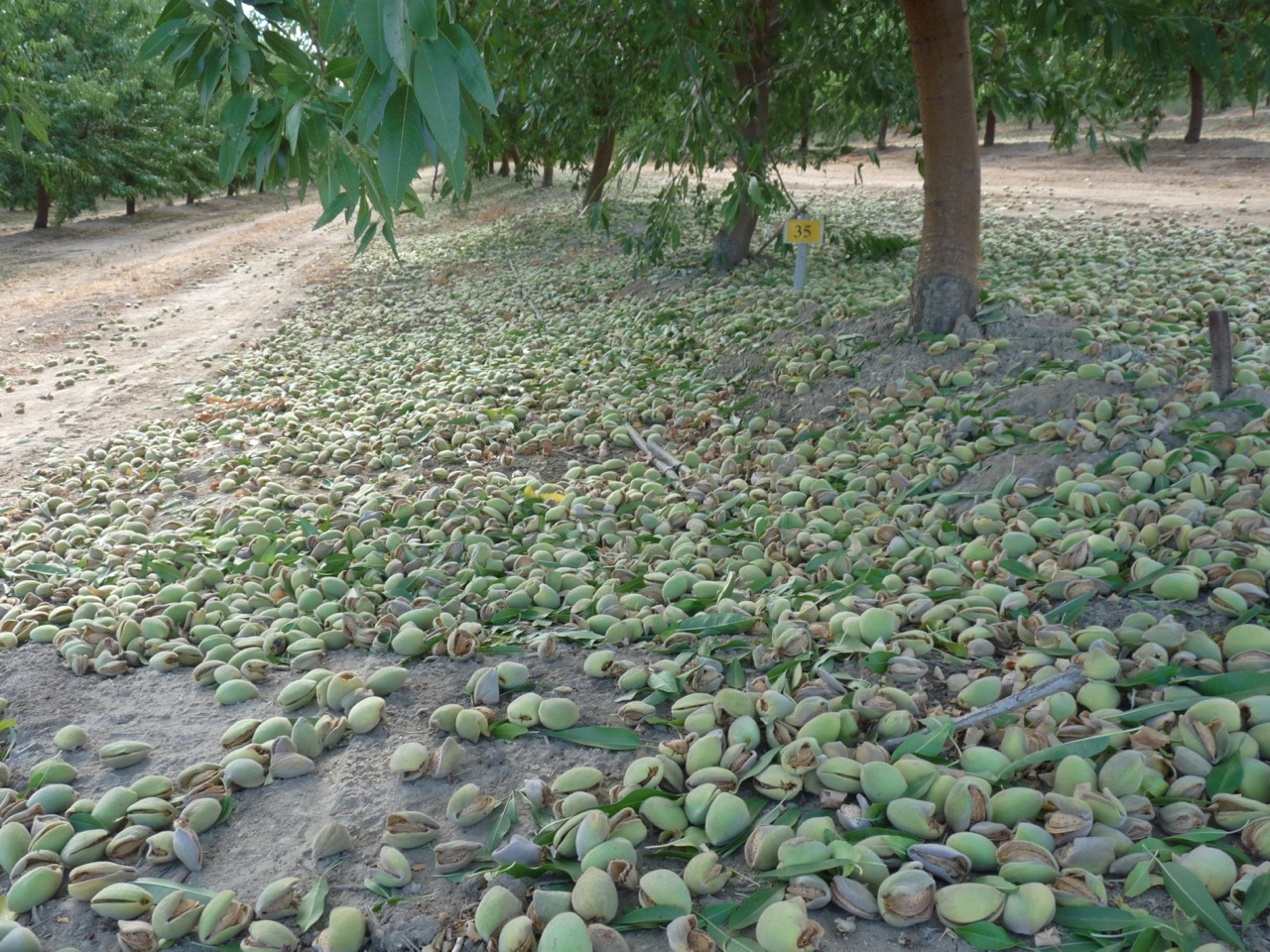CULTIVATING COMMON GROUND: Almond Board on Assessment Increase
Almond Board’s Response on Assessment Increase
Editor’s note: We thank Mike Mason for his contribution to California Ag Today’s CULTIVATING COMMON GROUND, in response to the letter submitted by John Harris.
By Mike Mason, chairman of the Board of Directors, Almond Board of California
Over the history of this [almond] marketing order, assessments have risen and fallen to meet changing business conditions. This increase was voted on by the Board of Directors after much input from growers and handlers. After the vote, the industry had an opportunity to weigh in again during a USDA-administered comment period. They will get another chance during a second comment period.
Only after growers have had all of these opportunities to voice their opinions will the USDA make a final decision on the assessment.
The Almond Board of Directors welcomes your feedback and is available to discuss any questions you may have about the critical investments and justification for this assessment increase.
Below you will see a memo I sent to the industry, dated April 14 2016. It covers why and how the assessment is needed and will be used.
Sincerely,
Mike Mason
Mike Mason is a first generation almond farmer and partner of Supreme Almonds of California, a family owned and operated almond handling operation in Shafter. He is also the Chairman of the Board of Directors of the Almond Board of California.
To: Almond Handlers and Growers
From: Mike Mason, Chairman of the Board of Directors, and
Kent Stenderup, Vice Chairman of the Board of Directors
Re: Almond Board of California FY 16/17 Budget and Assessment Increase
Date: April 14, 2016
On April 12, the Board of Directors met to review the program and budget recommendations coming forward as a result of the extensive strategic planning efforts which have taken place over the past year.
The Board unanimously agreed to recommend a budget for FY 16/17 with an increase of the assessment from 3 cents per pound to 4 cents for a three year period. The increase is limited to three years due to the expectation that almond production will increase significantly during that time period thereby providing additional funding. This decision was made after extensive dialog among Board members as well as outreach between Board members and Handlers and Growers in the almond community.
There are three principal reasons the Board determined an assessment increase was needed. They are:
- 30% increase in production anticipated by 2020. This estimated 600 million pound increase needs to be planned for now, to invest in global demand prior to the production hitting the market.
This substantial volume increase is nearly as much as our largest market currently consumes, and is more than the consumption of our four largest export markets combined. This will require doing more of what has been working, as well as implementing innovative new marketing programs.
- Strain on agricultural resources has never been higher. Almonds are currently California’s highest value agricultural crop and soon will be its largest acreage crop. With this leadership comes responsibility. Additional investment will allow us to take a leadership role by investing in and accelerating research which will enable us to address concerns, such as:
- our changing water supply and quality system,
- air quality as it relates to harvesting, pesticide and energy use,
- bee health, which is critical to our success
- Transformation of the consumer landscape. The environment in which we are growing and marketing almonds is quickly changing. Consumers are more interested in where and how their food is made. In response to this, the industry needs to take a leading role in the world of sustainable farming, as we have done for so long in the world of nutrition, by transparent communications regarding our meaningful and measured sustainable improvements.
To plan for and address these challenges, your Board of Directors has worked across the Environmental, Production Research, Almond Quality, Technical and Regulatory, and Global Market Development Committees to develop a plan of action. This plan is a two pronged approach including investment in research, via the Accelerated Innovation Management or AIM program (launched at our annual conference), and global marketing:
- AIM Program: Expand and Accelerate sustainability and production research in 9 areas:
- Irrigation and nutrient management
- Orchard and rootstock development
- Harvesting innovations
- Pest management tool development
- Pollination research and management practices
- Bio-mass and by-product innovation
- Food safety leadership
- Soil health research
- Energy Innovation
- Global Marketing: Expand our programs to address production growth & changing consumer needs by:
- Accelerating programs and results in current markets
- Considering additional markets for investment
- Increasing communication transparency and trust
- Ensuring confidence in our sustainability efforts
Your Board of Directors welcomes your feedback and is available to discuss questions you may have about the critical investments and justification for this assessment increase. The assessment increase will be reviewed by the USDA and an opportunity for public comment will be provided before any change is implemented.
1150 Ninth St., Ste. 1500 * Modesto, CA 95354 USA
T: +1.209.549.8262 * F: +1.209.549.8267
To read the original post to which the Almond Board is responding, go to: CULTIVATING COMMON GROUND: Almond Growers on Assessment Increase, by John Harris.
The opinions, beliefs and viewpoints expressed by the various participants on CaliforniaAgToday.com do not necessarily reflect the opinions, beliefs, viewpoints or official policies of the California Ag Today, Inc.












